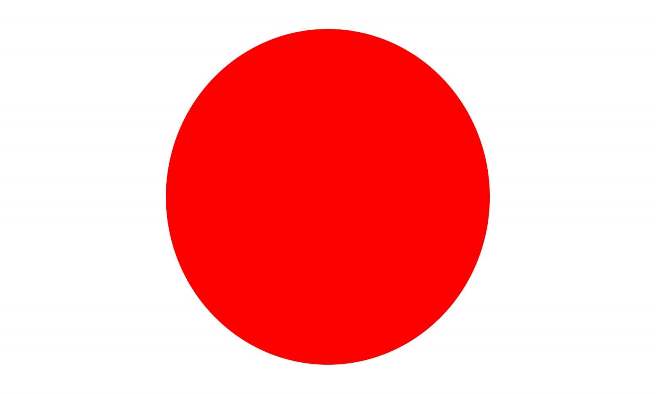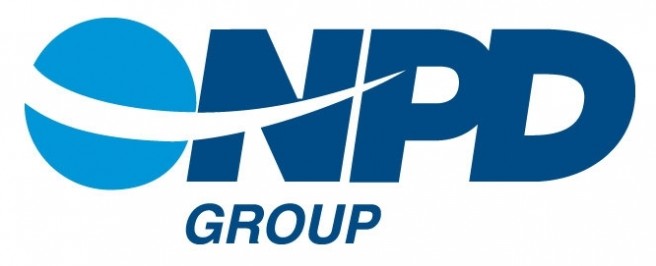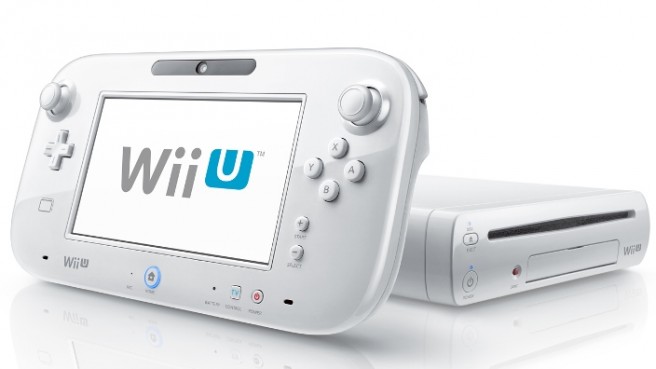Best Buy: Sonic Lost World Wii U for $30, 3DS for $20; Pac-Man for $20 as well
Posted on 11 years ago by Brian(@NE_Brian) in 3DS, News, Wii U | 0 comments
Update: Sonic Lost World (Wii U) price-matched on Amazon.
Original: Best Buy has a few games on sale this week – notably Sonic Lost World and Pac-Man and the Ghostly Adventures.
Here’s a roundup of the latest Nintendo deals from the retailer:
Pac-Man and the Ghostly Adventures (3DS) – $19.99
Pac-Man and the Ghostly Adventures (Wii U) – $19.99
Sonic Lost World (3DS) – $19.99
Sonic Lost World (Wii U) – $29.99
These offers should be valid for the next week.
Media Create software sales (1/6 – 1/12) – Top 50
Posted on 11 years ago by Brian(@NE_Brian) in 3DS, News, Wii U | 0 comments
This week’s expanded Japanese software sales are as follows:
01./00. [3DS] Kirby Triple Deluxe
02./01. [3DS] PazuDora Z: Puzzle & Dragons Z
03./02. [3DS] Pokemon X / Y #
04./03. [3DS] The Legend of Zelda: A Link Between Worlds #
05./04. [3DS] Monster Hunter 4 #
06./06. [PS3] Final Fantasy X/X-2 HD Remaster
07./19. [3DS] Youkai Watch
08./09. [3DS] Battle For Money Sentouchuu: Densetsu no Shinobi no Survival Battle!
09./05. [WIU] Super Mario 3D World
10./07. [PSV] Final Fantasy X/X-2 HD Remaster: Twin Pack #
11./08. [3DS] Animal Crossing: New Leaf #
12./30. [3DS] Attack on Titan: The Last Wings of Mankind
13./22. [PS3] Grand Theft Auto V
14./10. [PS3] New Dynasty Warriors: Gundam
15./13. [3DS] Inazuma Eleven Go Galaxy: Big Bang / Supernova
16./11. [3DS] Friend Collection: New Life #
17./12. [3DS] Mario Kart 7
18./21. [PSV] New Dynasty Warriors: Gundam
19./25. [PS3] World Soccer Winning Eleven 2014
20./24. [PS3] Gran Turismo 6 #
More: charts, Japan, Media Create, sales, top
SiNG Party for $16, Wii Party U for $40
Posted on 11 years ago by Brian(@NE_Brian) in News, Wii U | 0 comments
Care to save a bit on a couple of first-party Wii U titles? Amazon and Best Buy both have SiNG Party for $16. You can also purchase Wii Party U (with a Wii Remote Plus controller) from Amazon
and Best Buy for $40.
More: Amazon, Best Buy, sale, SiNG Party, Wii Party U
Andrea McLean tries Wii Fit U – part 2
Posted on 11 years ago by Brian(@NE_Brian) in Videos, Wii U | 0 comments
More: Andrea McLean, Wii Fit U
GameStop ad (1/17 – 1/19) – weekend deals
Posted on 11 years ago by Brian(@NE_Brian) in 3DS, Images, News, Wii U | 0 comments
Video: “Gorilla Wayfare” for Wii U Video Challenge
Posted on 11 years ago by Brian(@NE_Brian) in General Nintendo, Videos, Wii U | 0 comments
December 2013 NPD: Disney Infinity sells 551,000 units, total starter pack sales up to 3 million
Posted on 11 years ago by Brian(@NE_Brian) in News, Wii, Wii U | 2 Comments
Disney Infinity continues to sell quite well. In the US last month, the game sold another 550,000 units.
A total of 3 million starter packs have now been sold.
Jimmy Pitaro, president of Disney Interactive, told The New York Times, “We believe we’ve set the stage for Infinity to be an enduring video game platform.”
December 2013 NPD: lifetime sales for Wii U and 3DS titles
Posted on 11 years ago by Brian(@NE_Brian) in 3DS, News, Wii U | 10 Comments
Thanks to the latest leaks from the latest NPD report, we have lifetime sales figures for a number of Wii U and 3DS titles in the US. Games include Super Mario 3D World, Monster Hunter 3 Ultimate, The Wonderful 101, Pokemon X/Y, Mario & Luigi: Dream Team, Fire Emblem: Awakening, Shin Megami Tensei IV, and more.
The full set is as follows:
Activision Publishing’s Call of Duty and Skylanders Continue to Top NPD Charts For 2013
Posted on 11 years ago by Brian(@NE_Brian) in News, Wii, Wii U | 0 comments
Call of Duty: Ghosts #1 Top-Selling Next Gen Title; Call of Duty #1 Franchise for the Last Five Years
Skylanders #1 Kids Video Game Franchise for Second Consecutive Year; Takes #3 Spot for Overall Video Game Franchise in 2013
SANTA MONICA, Calif.–(BUSINESS WIRE)– Activision Publishing, Inc., a wholly owned subsidiary of Activision Blizzard, Inc. (NASDAQ: ATVI), announced today that Call of Duty® and Skylanders® continue to top U.S. NPD charts for 2013. Call of Duty: Ghosts was the #1 best-selling title overall in December, and the #1 best-selling next gen title of 2013 on both Xbox One and PlayStation 4; Call of Duty was the #1 franchise for the fifth year in a row in both software units and dollars in the U.S., according to the NPD Group¹. Additionally, Skylanders SWAP Force was the #2 best-selling title overall in December; Skylanders was the #1 best-selling kids video game franchise of 2013 in the U.S. for the second consecutive year, and the #3 video game franchise overall for the year in the U.S., according to the NPD Group and including toys and accessories2.
“Call of Duty: Ghosts is the #1 best-selling next gen launch title on both Xbox One and PS4, and for the second year in a row Skylanders was the #1 top-selling kids video game franchise,” said Eric Hirshberg, CEO of Activision Publishing, Inc. “This consumer response to both Call of Duty: Ghosts and Skylanders speaks to the deep connection both franchises have made with fans, which fuels our commitment to delivering great games time and again.”
December 2013 NPD: Wii U sells roughly 480,000 units (rumor)
Posted on 11 years ago by Brian(@NE_Brian) in Rumors, Wii U | 0 comments
After the NPD Group revealed that December was the Wii U’s best month in the US from a sales perspective, we knew the console moved at least 460,000 units. Apparently, based on the latest leaks, the final figure sits at around 480,000. We can’t confirm this figure currently, though it seems quite likely.





